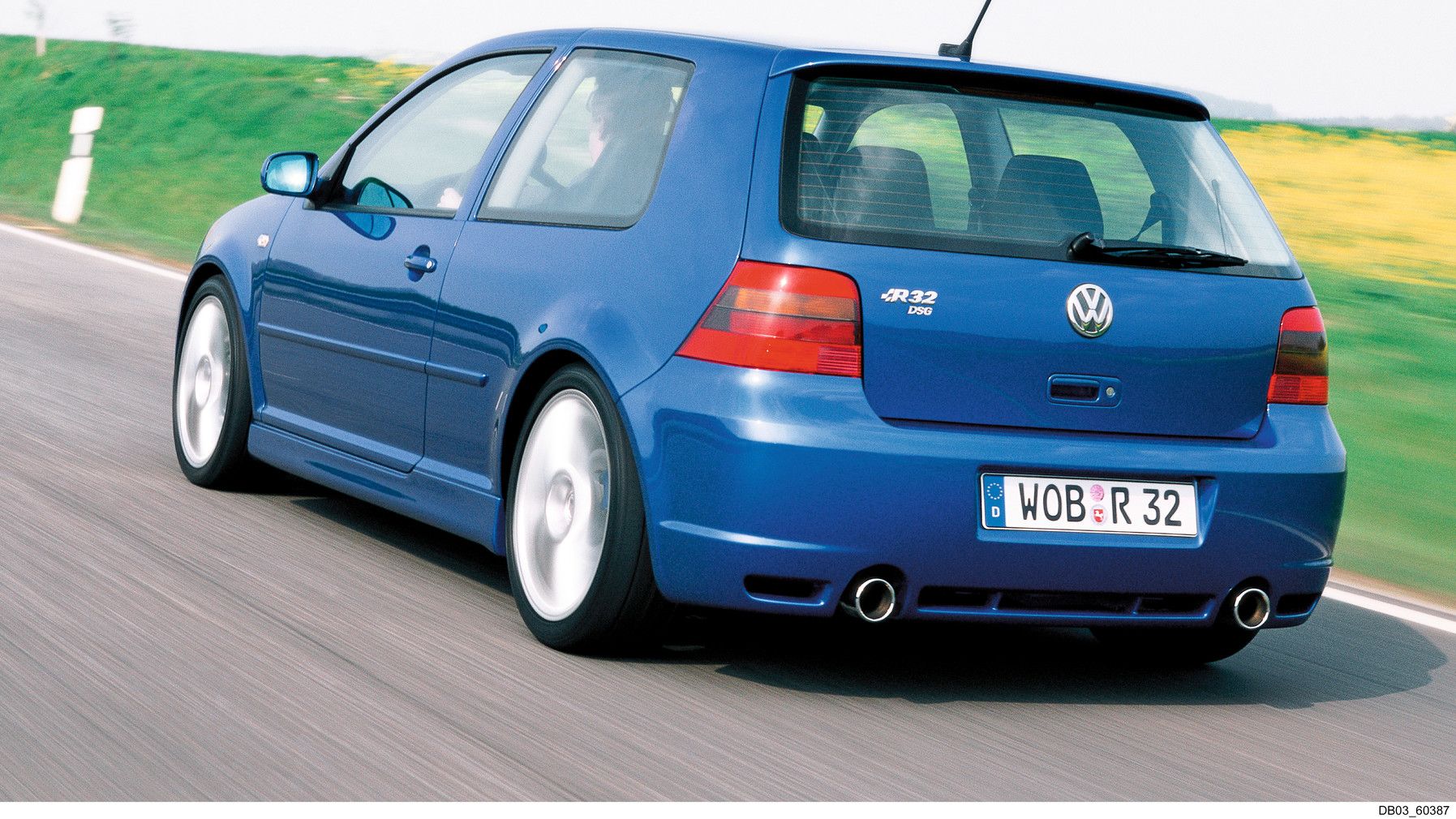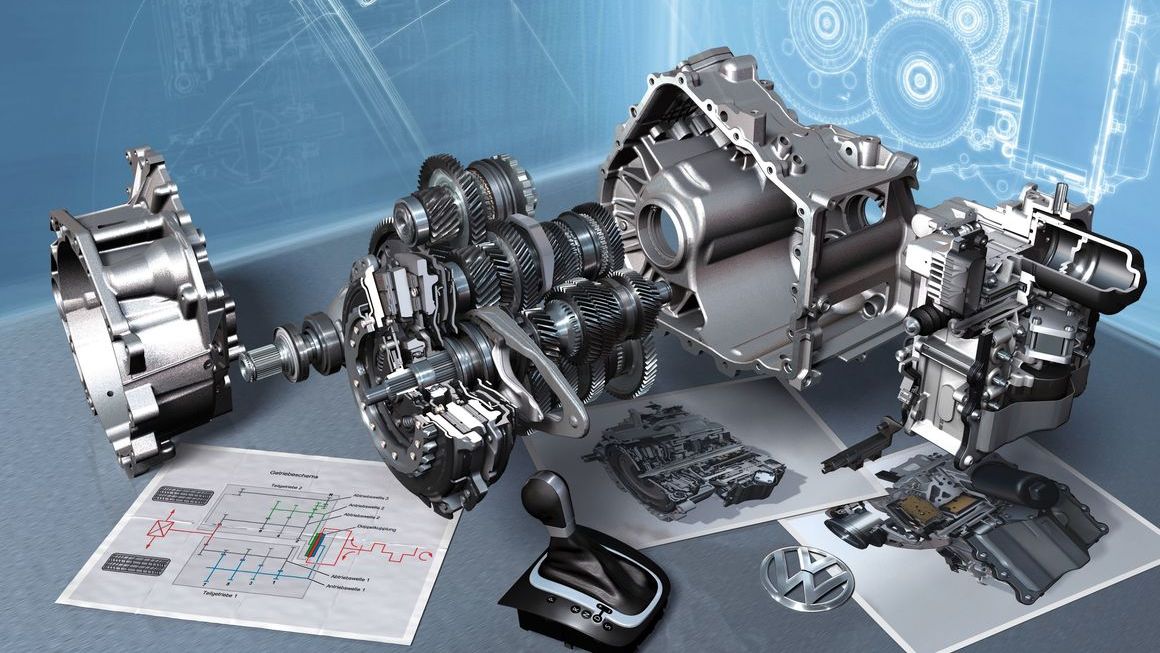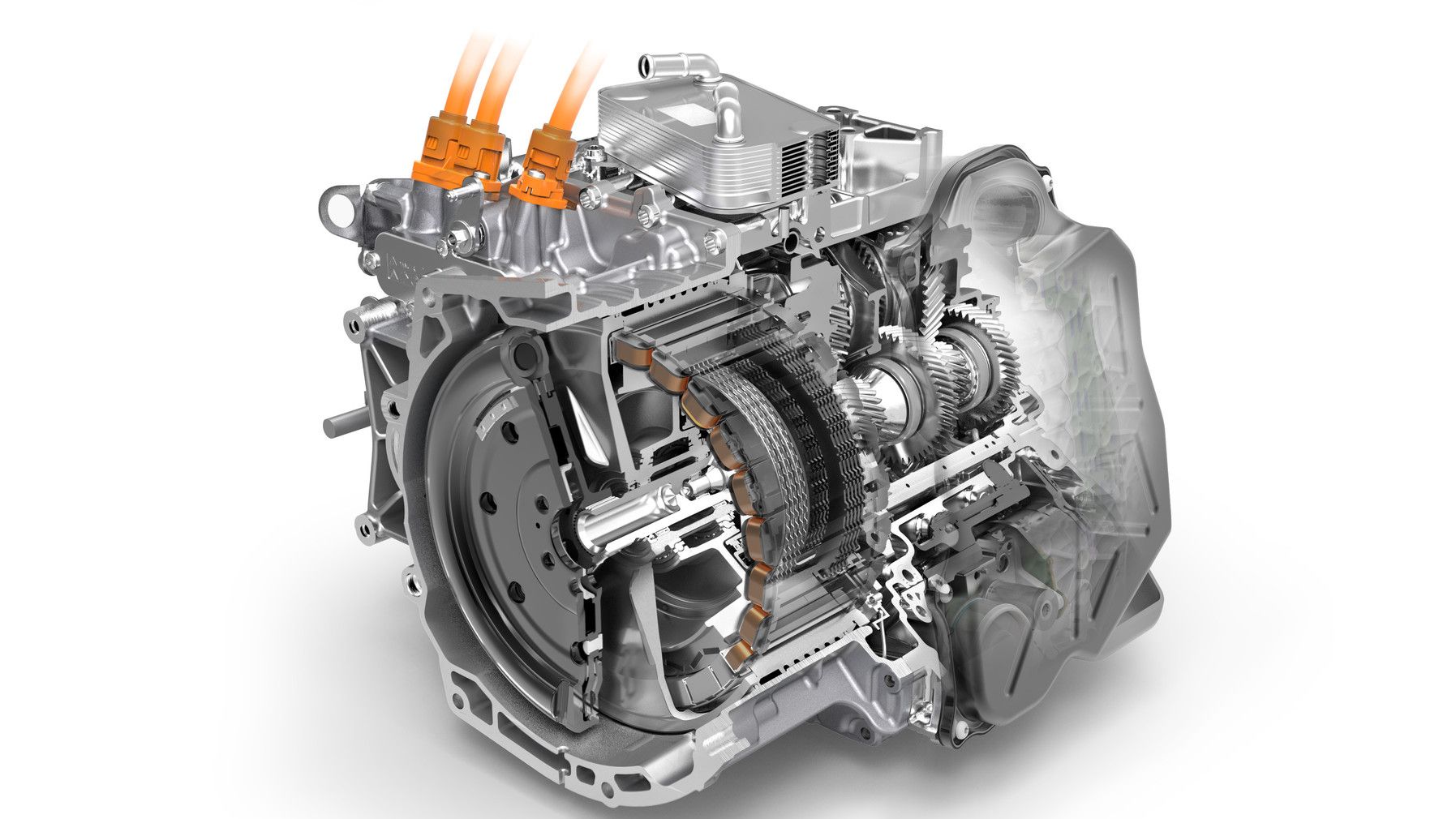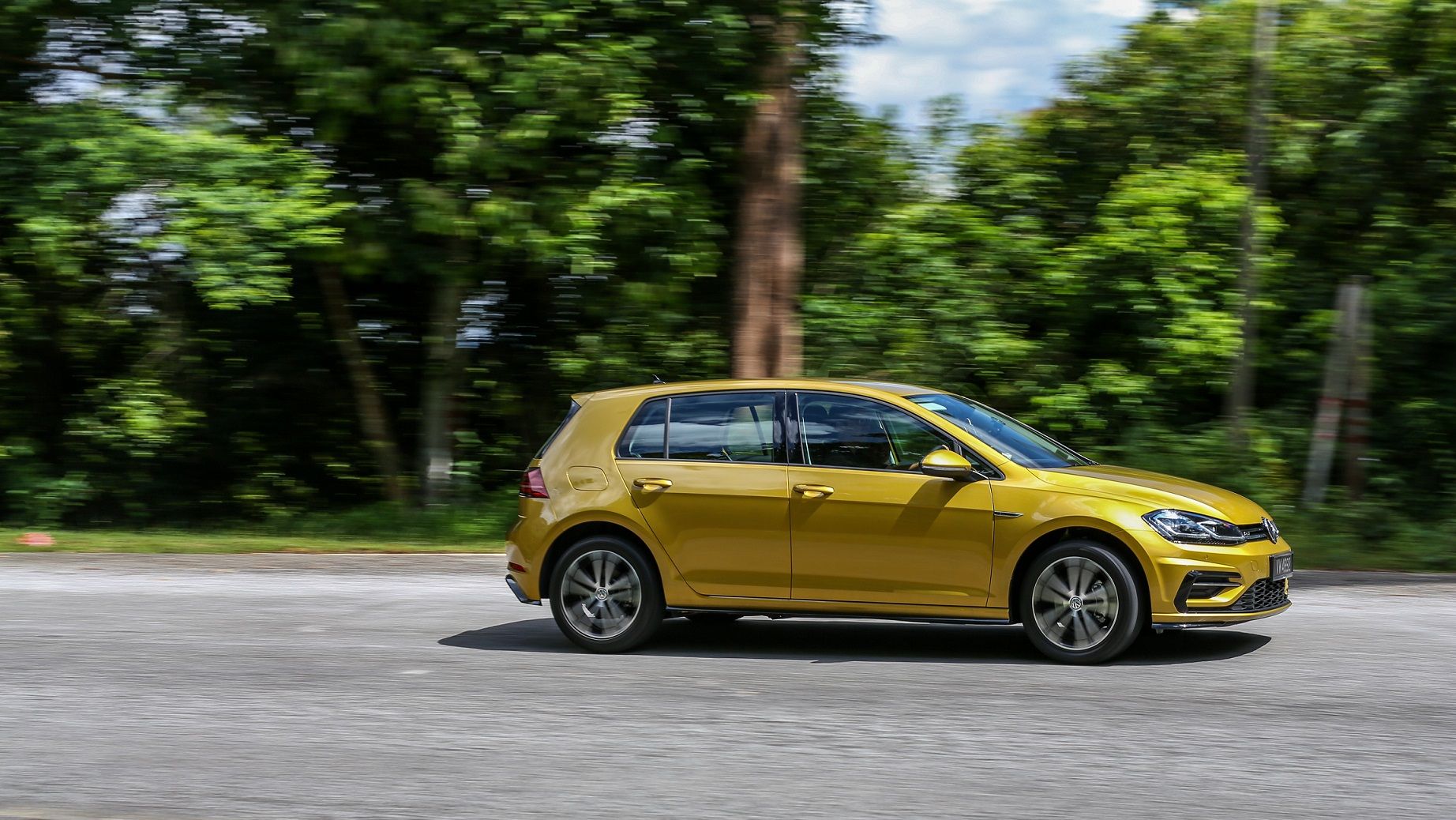DSG: A triumph for the automatic
15 years ago, Volkswagen introduced the first direct-shift gearbox - and revolutionised the industry

It was a revolution in carmaking: 15 years ago, Volkswagen introduced the first mass produced direct-shift gearbox (DSG) in the world. There had been automatic transmissions before - primarily the torque converter automatic. But the DSG ushered in the first large-scale series production automatic that was more efficient than a manual. "Through the end of the last century, automatic transmissions were always regarded as sluggish gas-guzzlers. The goal was to build a sporty and fuel-efficient variant," explains Hubert Gröhlich, Director of Direct-Shift Gearbox Development at the time. And they succeeded: The DSG began its continuing triumphal march - particularly in the compact and small car classes. After all, the efficiency of the DSG transmission was significantly better than that of the torque converter automatic. The concept quickly bore fruit: While gear shifting was still almost exclusively a manual affair at the turn of the year 2003/2004, from then onwards the DSG gained more traction with each passing year. It shifts faster than any driver, has a sporty edge and saves fuel. And that is why over 26 million buyers of a model from the Volkswagen Group have since opted for the exceedingly comfortable mode of driving with the direct-shift gearbox.
The era before the DSG - and the era afterward
Statistically, the watershed moment can be pinpointed exactly - the time before the introduction of the DSG and the time afterward. Europe and the US, in particular, were two completely different transmission worlds in the "before" period. While on the old continent, in Western Europe, only 14% of automobiles (generally top-end models) had an automatic transmission, in America the figure was already 88%. And it wasn't just a question of price: Manual transmissions were often more fuel-efficient and sportier than the old torque converter automatic. In 2003, more than 90% of all Golf units rolled off the line with manual transmissions.
The "after" period was ushered in with the 177 kW/241 hp Golf R32 that same year. It, in turn, initiated the triumph of the DSG. The R32 became the first Volkswagen to feature an optional 6-speed DSG. This new type of automatic enabled extremely sporty shifting. And not only that: It was also up to 20% more fuel-efficient than automatic transmissions with hydraulic torque converters. That changed everything!
Shifting in a few hundredths of a second
Today, all DSG transmissions have exceptionally high performance without interruption of tractive effort - a benefit they owe to their special design. The direct-shift gearbox actually consists of two automatic partial transmissions.

Ninety percent of Tiguan Allspace comes with automatic transmission
Today, over 40% of Golf units have the DSG. Even 30% of Polo buyers order the compact with an automatic transmission. With the Golf Sportsvan, the figure is 50%. The T-Roc and Tiguan boast similar numbers. Half of customers opt for the DSG transmission. With the big Tiguan Allspace, in fact, the share with DSG is roughly 90%. In the Passat, 60% of the sedan version units and 70% of the variant units of delivered vehicles have an automatic transmission at the customer's request.
DSG for plug-in hybrids, too
The Volkswagen Group has continuously developed the DSG transmission and now offers customers a wide range of variants. Depending on the model (from small car to SUV), engine (gasoline, diesel, or hybrid) and drive type (front or all-wheel), the buyer can choose between 6 and 7-speed transmissions. They are designed for torques between 250 and 600 Newton meters. There are now DSG transmissions for plug-in hybrid models like the Golf GTE* and the Passat GTE** as well.

"Once you've driven an automatic, you don't want to be without its advantages," says Gröhlich. He concedes that torque converter automatics have become more fuel-efficient as well. "But the triumph of the automatic and the overall further development of automatic transmissions was made possible by the DSG."
Even today, more than 15 years later, DSG transmissions are continuously being refined. One example is the freewheeling function that is now all but standard, in which the DSG disengages the engine from the drivetrain. The vehicle then uses its kinetic energy, which further lowers fuel consumption.
Being ideally suited to the hybrid systems of tomorrow, the direct-shift gearbox still has a bright future ahead of it. The future belongs to the DSG.
Photo caption (right): The current Golf with continuously enhanced, state-of-the-art DSG - powerful, comfortable, fuel-saving.
